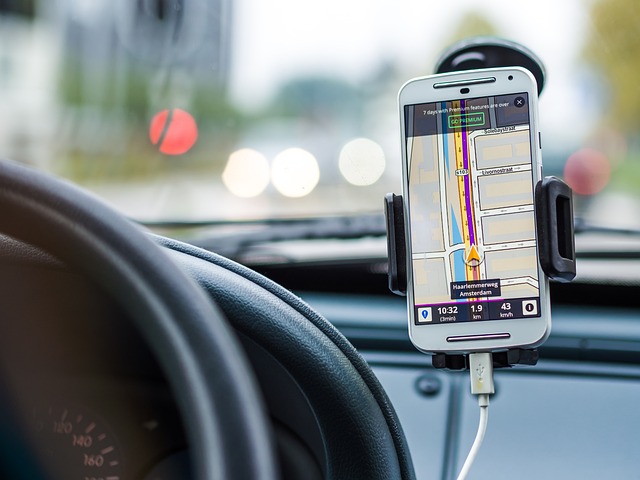How does GPS work?
GPS is now part of our everyday lives. But how does the technology actually work? We’ll explain it to you.
Whether it’s a cell phone, tablet or navigation device – many devices are now equipped with GPS. The system is used to determine positions and can be used in many different ways. But how does GPS actually work? We’ll explain it to you here.
How GPS works
GPS is the abbreviation for Global Positioning System . The satellite-based navigation system was developed in the 1970s by the US Department of Defense. GPS technology was originally intended by the US government for the US military. But GPS is now also used for civilian purposes in the areas of navigation, surveying, agriculture, science and much more.
For a GPS system to work, the following elements are necessary:
- GPS satellites
- GPS receiver
- Ground station
How does GPS work?
The GPS satellites orbit the Earth at an altitude of about 20,200 kilometers and are arranged so that at least four are visible simultaneously from any point on Earth.
The individual satellites send permanently encoded GPS data about their position and the time to the GPS receiver. The receiver can calculate the distance to the satellite because the signal travels at the speed of light.
The satellite system is necessary because a single satellite only provides information about the distance of that single satellite. A GPS receiver, however, requires GPS data from at least four satellites. This is where a process called triangulation comes into play: every measured distance to the satellite defines a sphere with the satellite at its center. The exact position of the GPS receiver can be calculated by intersecting these spheres.
The satellite system is necessary because a single satellite only provides information about the distance of that single satellite. A GPS receiver, however, requires GPS data from at least four satellites. This is where a process called triangulation comes into play: every measured distance to the satellite defines a sphere with the satellite at its center. The exact position of the GPS receiver can be calculated by intersecting these spheres.
To ensure good GPS accuracy for determining positions, ground stations exist as a control segment. This system ensures that satellites remain precisely in their orbit and transmit their exact position. These ground stations can be found on almost every continent.
- Google Maps: Determine and share location
- WhatsApp: Send location
- iPhone trick: Send location in a flash







